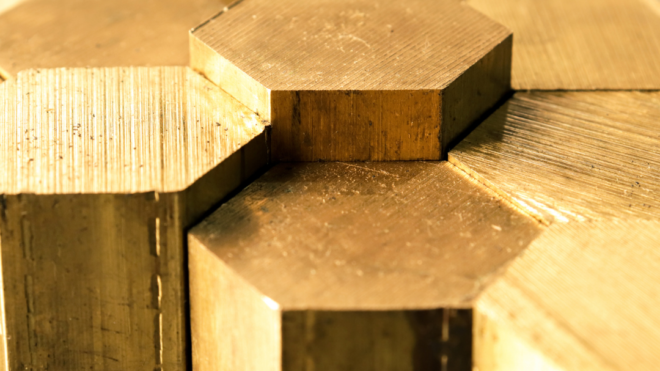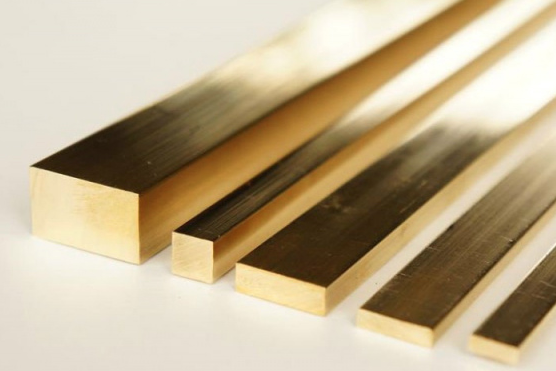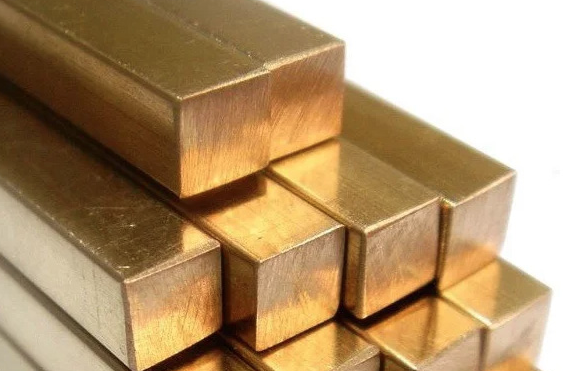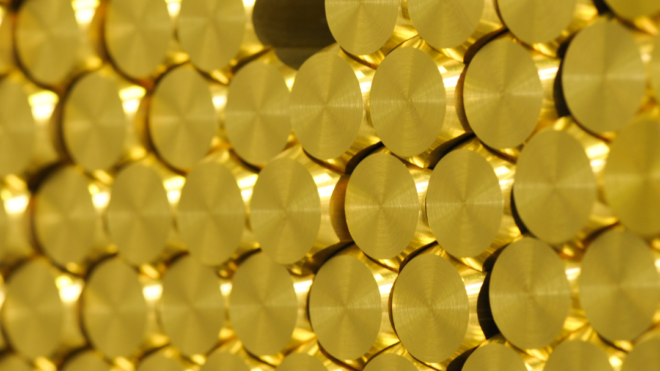
What is brass: typical grade and uses
Brass is an alloy of copper (Cu) and zinc (Zn) containing traces of lead, iron and other elements. The proportions of copper and zinc in brass can be varied to produce different colors and mechanical, electrical and chemical properties. However, brass usually contains 66% copper and 34% zinc. Generally speaking, brass with a higher copper content is softer and more golden in color, while brass with a lower copper content and higher zinc content is harder and silverier. Brass is known for its antibacterial and antifouling properties.
Brass has a shiny, golden appearance. Therefore, it is a popular material for drawer handles and door handles. Due to its low melting point, high workability, durability, electrical and thermal conductivity, it is also widely used in sculptures and tableware. Additionally, brass can be found in locks, hinges, gears, bearings, ammunition housings, zippers, plumbing fittings, hose connections, valves, and plugs and sockets. These are typical examples requiring corrosion resistance and low friction.
Brass Features:
Brass is a soft metal that can be used when a low risk of sparking is required.
Brass is generally light gold in color, although it can also be reddish-gold or silvery-white. A higher copper content gives it a pink tint, while a high zinc content gives the alloy a silvery hue.
Brass has greater plasticity than bronze or zinc.
Brass has acoustic properties that make it suitable for use in musical instruments.
Metal has a low coefficient of friction.
The melting point of the alloy is relatively low.
It is a good conductor of heat.
Brass is resistant to corrosion, including galvanic corrosion caused by seawater.
Brass is a metal that can be easily cast.
Brass is not a ferromagnetic metal. This makes it easier to separate from other metals for recycling.
The use of brass
- Plumbing and fittings
Brass is commonly used to make plumbing parts such as pipes, valves, pumps, water heaters, faucets and fittings. It is corrosion-resistant, durable and inhibits bacterial growth.
- Architecture
Brass has decorative and structural uses in buildings. Decorative uses include door handles, handrails, statues, artwork, furniture trim, stairs and footstools. Structural applications include lanterns, door hardware, roofing and sheet metal flashing. The golden color highlights the architectural values.
- Electronics and telecommunication
Brass is used for electronic parts requiring conductivity and corrosion resistance, such as plugs, sockets, switches, capacitors, printed circuit boards and shielding. The ability to alloy brass provides special properties for electronic applications.
- Transport equipment
Brass is used in transportation to produce corrosion-resistant, attractive parts. Applications include door handles, trim, radiator parts, fasteners, tools and equipment in cars, trains and airplanes. Marine brass is saltwater resistant for marine propellers, pumps and valves.
- Ammunition and bullets
Cartridge brass, an alloy suitable for deep drawing, is used to produce cartridges and cases. Brass must withstand the high pressures, temperatures and physical stresses associated with firing and loading ammunition.
- Musical instruments
The acoustic properties of brass alloys and the ability to cast them into precision bells and tubas made them suitable for the production of musical instruments such as trumpets, trombones, tubas, horns, saxophones, horns, etc. Brass parts help in producing and amplifying musical tones.
- Bearings and bushings
Brass is suitable for bearings and bushings requiring corrosion resistance, durability and moderate loads. The natural lubricity of brass also helps reduce friction and wear. Examples are phosphor bronze and tin bronze.
- Decorative objects
Brass is used for decorative products, where the most important thing is appearance and shine. Examples are statues, candlesticks, vases, lamps, chandeliers, door knockers, paperweights, and other metal objects. Casting allows the production of sha1TP8T parts and complex shapes. The color gold is traditionally associated with prestige and style.
- Marine equipment
Marine brass and other brasses that resist saltwater corrosion are used to make propellers, pumps, valves, capacitors, fasteners and fittings on ships and marine equipment. They must withstand corrosion, impact, erosion and electrolytic reactions in the marine environment.
We will contact you within one working day.
Telephone:
+48 221 228 646
Address:
street Warsa i Sawy 11E, 05-840, Domaniew




